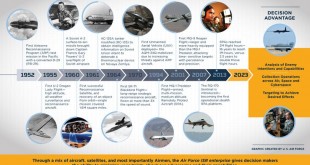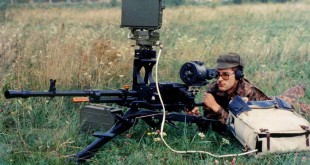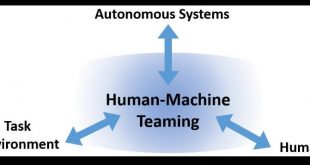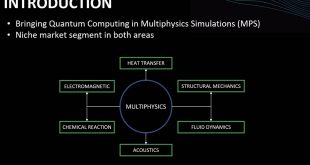The U.S. military could suffer unacceptably high casualties and struggle to win, or perhaps lose, a war against China or Russia. This implication by the National Defense Strategy Commission stands in contrast to the past several decades during which the U.S. possessed military power without equal. A key capability to …
Read More »Single-crystal turbine blade technology for aero engines, dominated by US now mastered by China and India
In 2018, The American Society of Mechanical Engineers (ASME) named the Pratt & Whitney single crystal turbine blade an historic mechanical engineering landmark. These blades, which can be found in many modern, high-performance gas turbines (a.k.a. jet engines)—including the ones powering the F-22 Raptor, and larger electricity-producing turbines—are grown from a …
Read More »US DOD employing Synthetic Biology based on Self-assembly for on-demand bio-production of new materials for military
The COVID-19 pandemic, while demonstrating the nation’s vulnerabilities to biothreats, has also shown the fragility of the supply chain. The United States relies on foreign suppliers for a number of critical components including commodity chemicals, rare earth elements and active pharmaceutical ingredients, she said. Ensuring a resilient domestic supply chain …
Read More »Defense Acquisition System Policy (DoD 5000.01) emphasize life cycle systems management
The Department of Defense (DOD) acquires goods and services from contractors, federal arsenals, and shipyards to support military operations. The acquisition is a broad term that applies to more than just the purchase of an item or service; the acquisition process encompasses the design, engineering, construction, testing, deployment, sustainment, and …
Read More »RFSoC for Military 5G, Radar and Electronic Warfare
We live in an increasingly interconnected world, one in which mobile communications provide a significant element of this interconnectivity. This increasing demand for high speed, low latency networks supporting mobile connectivity is leading the definition of 5th generation mobile networks. These next generation networks are driven not only by changing …
Read More »Growing requirements for Man portable Radars for counterterrorism, counter UAV, maritime surveillance and battlefield applications
Radar, is an electromagnetic sensor used for detecting, locating, tracking, and recognizing objects of various kinds at considerable distances. It operates by transmitting electromagnetic energy toward objects, commonly referred to as targets, and observing the echoes returned from them. Energy is emitted in various frequencies and wavelengths from large wavelength radio …
Read More »Human Factors in Human-Machine Teaming is critical for efficient and effective integration of soldiers with complex machines.
Interactions with technologically sophisticated artificial intelligence (AI) agents are now commonplace. We increasingly rely on intelligent systems to extend our human capabilities, from chatbots that provide technical support to virtual assistants like Siri and Alexa. Examples of such systems include air traffic control, aircraft cockpits, chemical processing, and the power …
Read More »Transforming Multiphysics Simulations using Quantum Computing
Modelling is the process of representing a model (e.g., physical, mathematical, or logical representation of a system, entity, phenomenon, or process) which includes its construction and working. This model is similar to a real system, which helps the analyst predict the effect of changes to the system. Simulation of a …
Read More »Precision Guidance Kit turn artillery rounds into smart weapons that penetrate A2/AD environments and destroy threats even in GPS jammed environments
Artillery ammunition is designed for use in guns, howitzers, and mortars. Size designations for artillery ammunition range from 37MM through 280MM. Artillery ammunition can be classified according to weapon system (gun, howitzer, mortar), filler composition (explosive or chemical), and military use (practice or service). The diameter, or interior, of a …
Read More »NASA Flight Opportunities program facilitates rapid demonstration of promising technologies for space exploration
Two out of three missions to the red planet have failed. One reason there have been so many losses is that there have been so many attempts. “Mars is a favorite target,” says Dr. Firouz Naderi, manager of the Mars Program Office at the Jet Propulsion Laboratory. To get there, …
Read More » International Defense Security & Technology Your trusted Source for News, Research and Analysis
International Defense Security & Technology Your trusted Source for News, Research and Analysis









